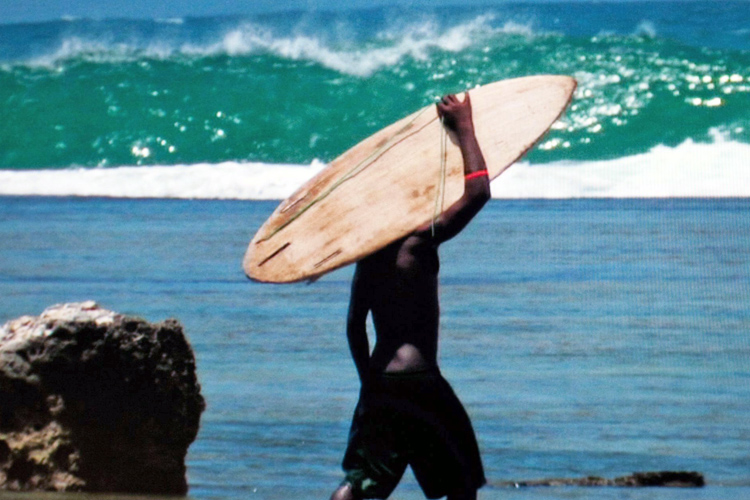Papua New Guinea is putting a Surf Management Plan (SMP) into practice. The good news is that it works.
The country in the Pacific Ring of Fire has developed a unique rulebook to minimize the impact of surf tourism on the fragile ecosystem, local communities, and the overall quality of the surfing experience.
Papua New Guinea is a land of contrasts, transparent blue waters, ancient traditions, and multiple isolated islands. Therefore, keeping it alive, healthy, and natural is important.
"The vast majority of Papua New Guinea's land ownership is under traditional customary clans," it can be read on the Surfing Association of Papua New Guinea website.
"For coastal communities, this extends to traditional and custodial rights to fringing reefs. Surf Management Plans are essentially access agreements which enlist sustainable quota limits in exchange for fees and levies."
The original idea of creating a Surf Management Plan was designed by Andy Abel back in 1989. Today, the SMP is effectively running in Vanimo, Tupira, Lovangai, on the East Coast, Central New Ireland, and Kavieng.
Want to know more about surfing in Papua New Guinea?
Watch "Splinters," a surf movie about how a surfboard changed the lives of the inhabitants of Vanimo.
